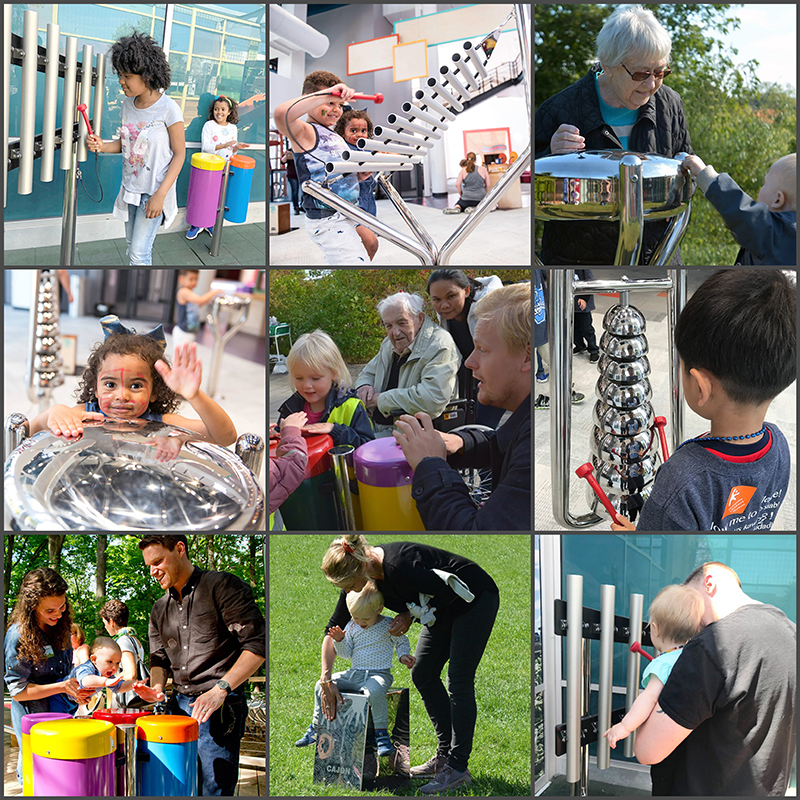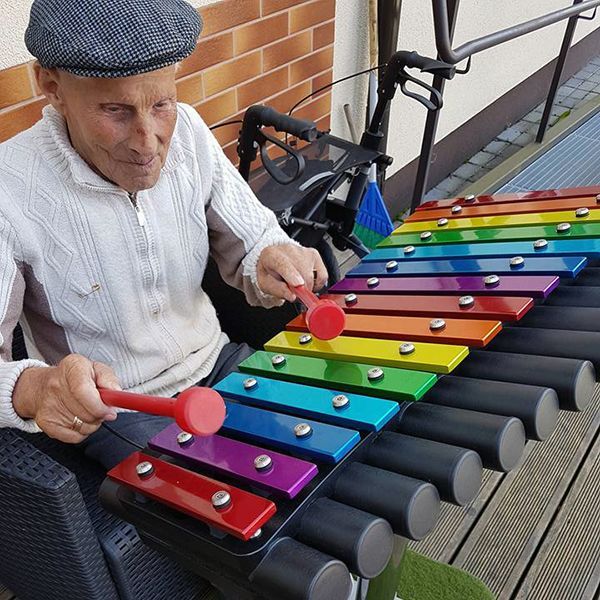Museums, Music and Memories - Including Musical Exhibits in Museums Encourages Family Connections
The Growing Role of Children’s Museums in Learning and Family Engagement
Children’s museums are among the fastest-growing segments of the museum community, with their numbers steadily increasing across the globe. As new initiatives and exhibitions continue to emerge, these museums are experiencing a significant rise in visitor numbers.
With a clear focus on fun, learning, and community, children’s museums serve as vibrant spaces that bring children, families, and communities together. They create immersive, hands-on learning environments that stimulate imagination, introduce new subjects, and provide high-quality family bonding experiences.
How Children’s Museums Support Child Development
Children’s museums are uniquely positioned to support a child’s cognitive, emotional, and physical development. Through thoughtfully curated activities and exhibitions, these spaces contribute to children's:
- Mental growth
- Physical activity
- Social-emotional learning
- Affective development
Museum educators design programs around key educational areas such as literacy, science, math, performing arts, visual arts, world cultures, and health and wellness—ensuring that learning is both engaging and well-rounded.
Museums Must Engage the Whole Family
Today’s children are tomorrow’s innovators—our future scientists, artists, educators, and leaders. While children are the primary audience, it’s the adults—parents, caregivers, and educators—who choose to visit, assess, and return to a museum.
To stay relevant and thrive, children’s museums must evolve to engage the entire family unit, not just the child. Interactive exhibits that appeal to multi-generational groups are vital for long-term success and visitor retention.
Music: A Universal Bridge Across Generations
Music is a powerful tool for intergenerational engagement. Unlike many activities that cater to a specific age group, music naturally bridges the gap between young children and their caregivers or grandparents.
Providing opportunities for spontaneous, hands-on music-making using real instruments offers families a shared learning experience that fosters connection, creativity, and joy.
The Lasting Impact of Musical Play
Music supports every area of child development:
- Intellectual and language skills
- Social and emotional growth
- Fine and gross motor coordination
- Literacy and cognitive abilities
It also boosts life skills like concentration, confidence, and self-esteem. Young children thrive through play and observation—especially when they see adults actively participating in musical activities.
Unfortunately, some adults hesitate to engage musically with children due to a lack of confidence. This results in missed opportunities for connection and growth across generations.
Inclusive Outdoor Musical Instruments for Museums
At Percussion Play, we design inclusive, outdoor musical instruments that make it easy for anyone—regardless of age, ability, or experience—to create beautiful music.
Many of our instruments use the pentatonic scale, which eliminates dissonance and encourages improvisation, making them ideal for beginners or those hesitant to participate.
Outdoor musical instruments redefine traditional play spaces, transforming them into welcoming areas where adults and children can play together, rather than simply observe.
Real-World Museum Installations Featuring Percussion Play
Explore how children’s museums across the U.S. are incorporating musical exhibits:
🎵 Treetop Outpost at Conner Prairie (Indiana) - a 6,000-square-foot destination nestled in woods that allows families to interact with music and nature.
🎵 Santa Maria Valley Discovery Museum – Featuring a donor-sponsored music station in the museum's entrance
🎵 Building For Kids Museum (Wisconsin) – Created a space-saving musical wall indoors
🎵 Minnesota Children’s Museum – “Creativity Jam,” a musical playground encouraging collaborative play
Music as a Catalyst for Stronger Families and Communities
Shared musical experiences enhance parent-child relationships and create opportunities for meaningful interaction. By including inclusive instruments that everyone can enjoy—regardless of age, mobility, or ability—children’s museums can expand access and strengthen their role as community hubs.
Bring Music to Your Museum
Ready to create an engaging, inclusive musical space for your visitors?
👉 Get in Touch with Our Team to explore instruments, layout ideas, and pricing options tailored to your museum.

